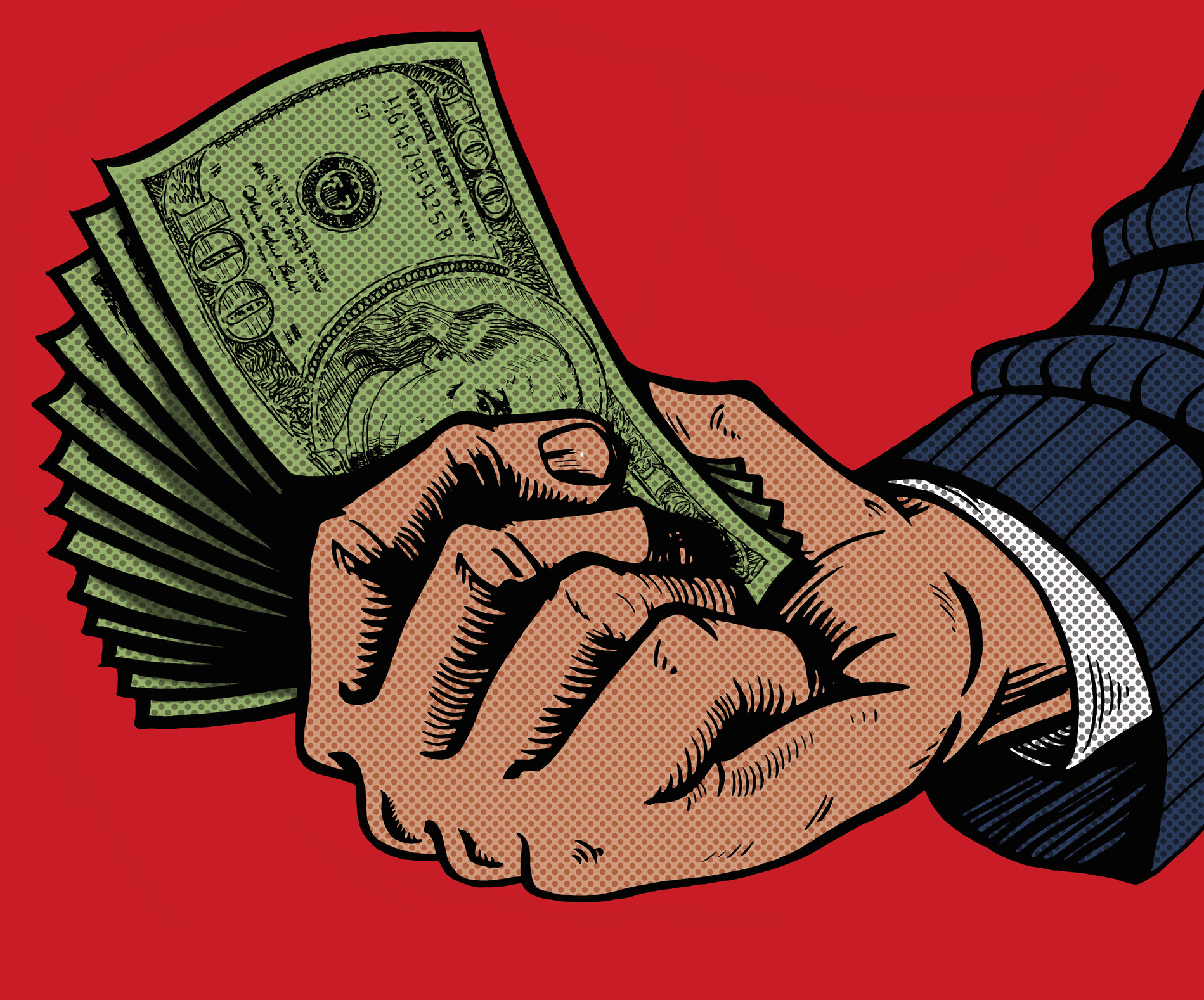Will Disincentivizing Charitable Donations Kill the Dying Nonprofit Sector?
Though we haven’t yet seen the complete implosion of the nonprofit sector since Wall Street collapsed last year, the philanthropic sector is bracing for increasingly bigger hits.
In addition to the obvious loss of some heavyweight donors–like Lehman and Merrill–and rising taxes for the wealthiest, Americans—you know, the philanthropists—a proposed reduced tax incentive for charitable giving could be the nail in the coffin for a number of formerly well-fed charities.
According to Ron Dzwonkowski of Freep.com, in his $3.6 trillion budget “the president called for cutting the tax deduction for charitable giving by households with incomes of more than $250,000. He would reduce it from a maximum of 35 cents for each dollar donated to 28 cents on the dollar, effective in 2011.” Apparently, the plan could increase tax revenue from these households by $318 billion over 10 years. This money would then be put toward health care reform.
This all sounds good for the major project of revamping the health care system, but in the meantime what happens to nonprofits that are providing much-needed services—particularly those that are picking up slack from the current system?
To answer this question, Big Think will sit down next week with Katherina Rosqueta, Director of the University of Pennsylvania’s Center for High Impact Philanthropy. We’re eager to hear her thoughts on the potential impact of the new plan. In the meantime, her insights on philanthropic sustainability are particularly germane.
Rosqueta suggests that in order for the nonprofit sector to emerge from the financial crisis intact, it’s going to take some some serious discretion on the part of donors. To make good capital allocation decisions, Rosqueta argues that “philanthropists and nonprofits need to look at their ‘costs per impact’ to understand how much it costs to produce the good they create.”
Read more on “philanthropic triage” here.



